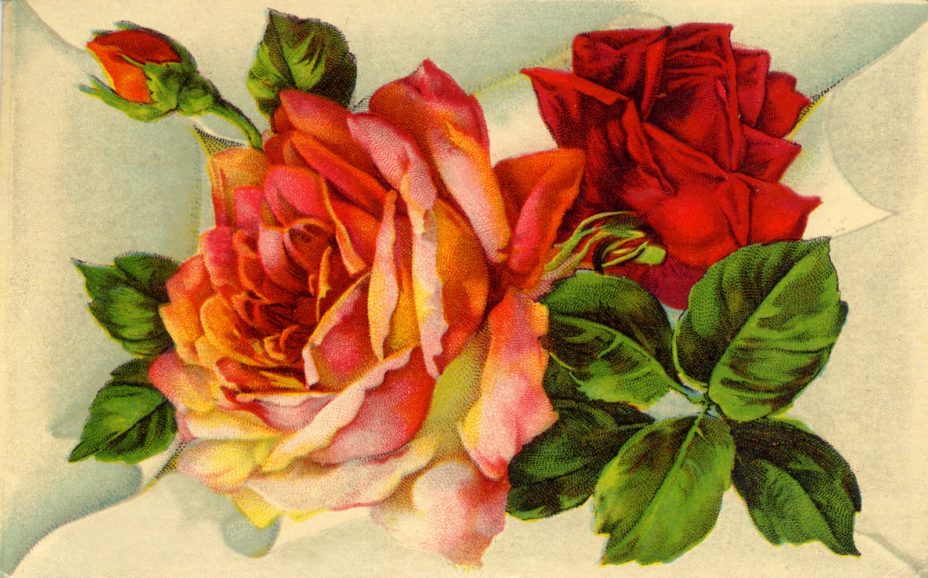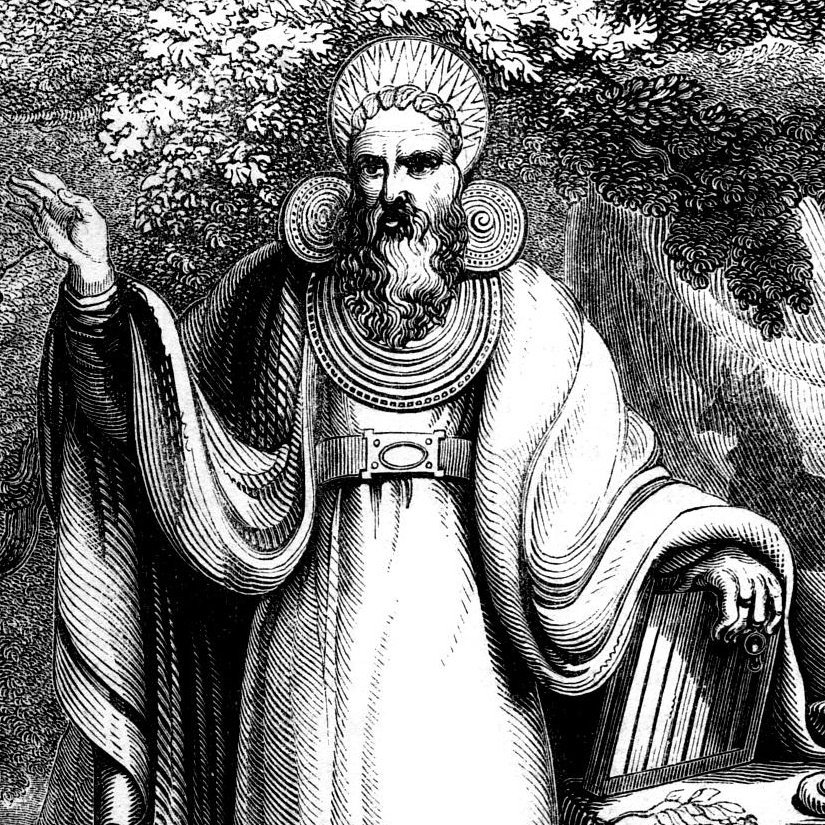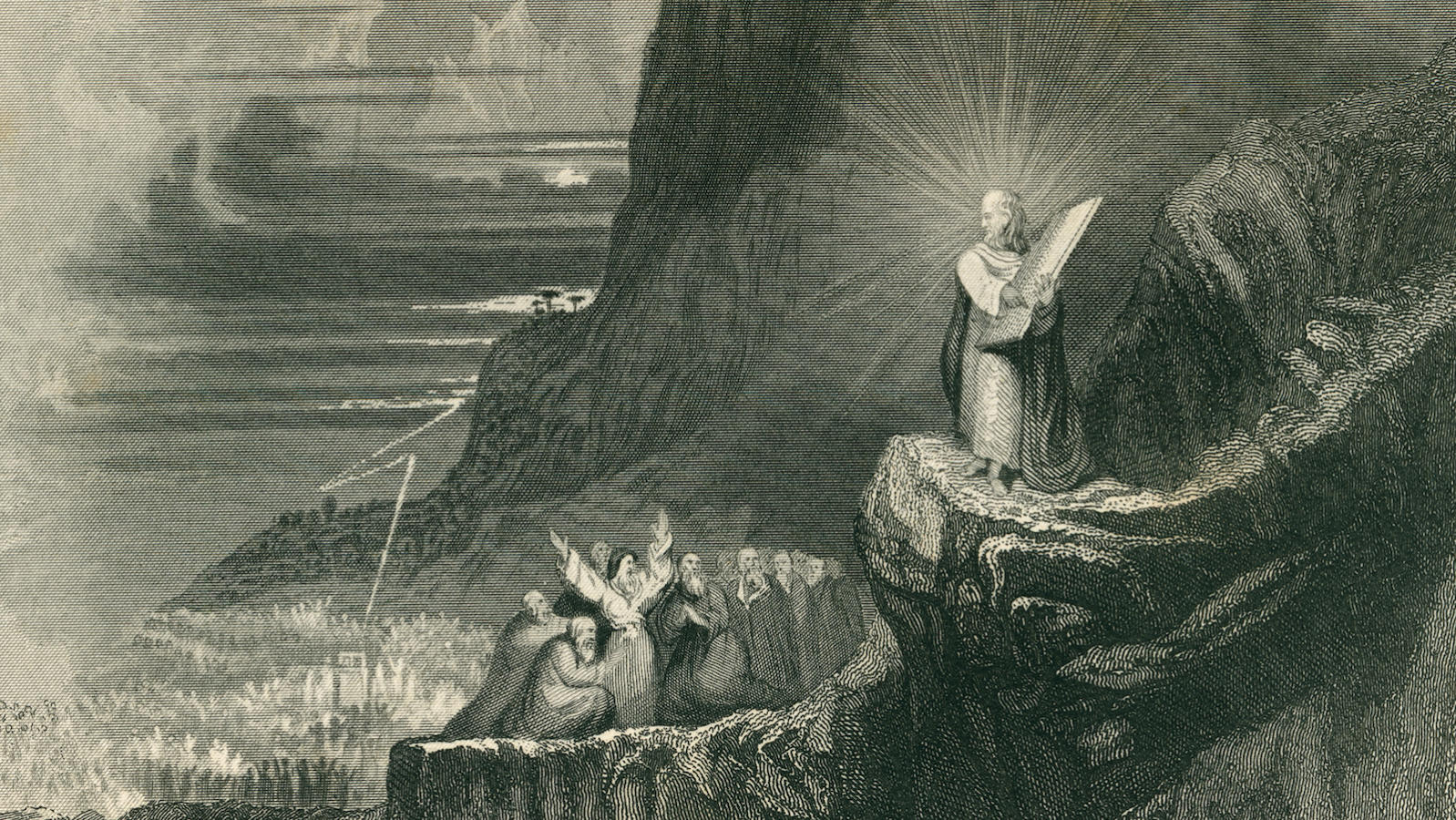Since I beat up on Catholics a bit in my last article, I’m going to share the love–targeting an Evangelical teaching this time. I’ll be frank–I’m a lot harsher with errors found in Evangelical circles because I am an Evangelical! I’m nicer to the people with whom I have more differences, on the Moravian principle: in essentials, unity; in non-essentials, liberty; and in all things, charity.
I want to make it clear that there is no salvific principle here. If you are wrong about this, it has no bearing on your eternal soul. It does, however, represent a dangerously sloppy kind of indifference to scripture that can lead to bigger errors. It’s one of those things that feels right and sounds nice, so many people who are exposed to this wrong teaching never notice that it’s wrong, and if it’s pointed out, they become aggrieved and insist on defending it on the basis of its niceness over its correctness. There are many very pious, godly, and good people who believe this doctrine. But that doesn’t make it right. This, however, is a dangerous place to be, because the slippery slope is a real and continuous danger. Sola scriptura means you aren’t doing violence to the text!
There was a movement beginning in the 19th century among some Evangelical circles to try to relate literally everything in the Old Testament directly to Jesus. This took the form at times of just ripping phrases from the text and then applying whatever imaginative and utterly unsupportable theology to it that was required to twist it around and make it about Jesus, regardless of its original context. One of the more outrageous instances of this is the reading of the rose of Sharon in Song of Solomon 2:1 as some prefiguration of Jesus.
So, the background. There had already been the shaky, though common, exegetical reading of the Song of Solomon being an allegory of the relationship between Jesus and the church because Jesus is frequently compared to a bridegroom and the church to a bride in the New Testament.
A major issue with this reading is that there really is no theologically coherent meaning when you take the book this way. Song of Solomon portrays the erotically charged marriage between a king and a woman. As an idealized marriage, it does have a place to counter the asceticism of the early church by lifting marriage into a place of honor and giving religious validation to carnal attraction between a man and his wife. It also portrays a monogamous devotion, and it specifically takes the trouble to make note that the bride is not conventionally beautiful, because her skin is rough and tan from outdoor work, and yet her husband finds her perfect–a touching portrait of marital love.
None of the elements at play in Song of Solomon actually work for an allegory of Jesus and the church, though. Who would the other maidens be? They’re part of the wedding party in ancient Jewish marriages, but they have no place celebrating the marriage of Jesus and the church! What is up with all the eroticism? That’s quite out of place, too. The story of the bridegroom coming to the bride’s door and then not being there just doesn’t work as an allegory of Jesus, either. Really, nothing at all fits except that there’s a metaphor about Jesus as a bridegroom, and this is a love song between a newlywed husband and wife.
(Just for context, after a marriage contract was signed and the bride-price paid, only consummation stood in the way of completing a marriage. Wedding feasts were traditional but not required and were associated with the consummation, and could occur after the event as legitimately as before.)
There are only four books of the Old Testament (five by the division that was made by the Western Church and Jews later on) that are not explicitly referenced in the New Testament: Ecclesiastes, Esther, Song of Solomon, and Ezra/Nehemiah. That isn’t to say that these don’t belong in the canon, but if Song of Solomon was really a direct and continuous allegory of Christ and the Church, surely either a New Testament or an early Church Father would have noted it. Even if they didn’t, then surely pre-Christian Jewish scholars would have written about the potentially allegorical meaning in the same way they looked at other parts of the Old Testament. But that groundwork just isn’t there. There’s a heretical medieval work that seems to be inspired by the bride’s comment about her husband being born under a tree–another detail that really doesn’t fit anywhere in the canon–but this is a one-off.
Nevertheless, this peculiar reading became very popular and resulted in any number of questionable sermons over the years, as well as the contextually peculiar children’s song, “His Banner Over Me Is Love.”
Even if you insist that this is defensible as an allegory of Jesus and the church, dismissing all the problems of this interpretation, reading Jesus as the rose of Sharon is still absolutely not supported by the text.
Here is the text, in context. I’m taking from the King James version, because this error could have really only come from a KJV translation read by someone ignorant of the Hebrew:
2 I am the rose of Sharon, and the lily of the valleys.
2 As the lily among thorns, so is my love among the daughters.
Song of Solomon 2:1-2
So, someone reading the King James translation saw this and decided that this entire section represents Jesus speaking to his bride, the church. From this came the elaborate and maudlin teaching that Jesus is called the “rose of Sharon” because “the rose is the perfect flower” and “only when a rose is crushed is its fragrance fully released.”
This is not just a stretch. It is impossibly, ridiculously wrong.
The first error is egregious. Hebrew has far more gendered words than is preserved in English, and in the Hebrew of 2:1, the gender of the nouns are female. The bridegroom only interrupts in 2:2 to agree that she–the bride–is a lily among the thorns after the bride herself says as much. The rose of Sharon is the bride. The rose of Sharon is not and cannot be the groom. The people who want to choose to believe that it’s really Christ talking because it feels good to them are doing violence to the scripture. The KJV also has an error here because there is no definite article. The bride is saying that she is A rose, not THE rose, something that contributed to the mistaken reading in the first place.
The second error is just as bad. The word translated as “rose,” because of its word-root, probably refers to some kind of corm or bulb, like a crocus or something similar. It definitely doesn’t mean a rose. And it probably smelled of…nothing at all. Sharon is just the name of a valley-plain, and it has no special connection with Jesus and doesn’t denote any special kind of flower, much less a special or most perfect kind of rose. (Similarly, the lilies of the valley aren’t the plant we give that name but are a flower that is growing in a valley somewhere.)
The supposed “perfection” of the rose was also made up just for this reading. There’s nothing theological or historically cultural about the “perfection” of any plant, much less a rose. This is sheer invention.
As for the idea that the “crushing” of the rose is linked to the “crushing” of Jesus, there is zero flower-crushing in view here. It’s just flower observation. The flowers are not even being picked in these verses! Again, this reading is doing violence to the text to force a meaning that simply is not there.
The bride is calling herself the lowly and common ephemeral bulb like a crocus, a field weed, essentially, among many hundreds of others, in contrast to the lofty apple tree of the groom. The contrast is in the positions between the two flowers–one down in the dirt, the other lofty and fruitful. Her husband breaks in to insist on the value of her bloom, lowly though it is–if she’s just a common wildflower, then every other woman is a thorn! It’s a lovely picture. But it has nothing to do with Jesus being the rose of Sharon.
This reading takes an even more spectacularly ignorant form when some people abuse Romans 14:9 to try to “prove” the legitimacy of this reading, which in the KJV is translated, “For to this end Christ both died, and rose, and revived, that he might be Lord both of the dead and living.” Do you realize why they think this supports Jesus as the rose of Sharon? Or are you baffled? The answer is because the English translation has the word “rose,” as in the past tense of “to rise.” So that proves that Jesus is a rose!
I hope you face-palmed at that. I had to alternate between head-desking and face-palming repeatedly because that was so obtuse. That’s the sort of logic I see from routinely Muslims. Come on, Christians. You’re supposed to be smarter than that.
This is the kind of idiosyncratic nonsense that leads to the formation of heretical cults. If you support or defend this kind of eisegesis, there is no reason that you can protest any reading, however ridiculous, to support any claim that it can be twisted to make, just because it feels good and seems nice.
Jesus as the rose of Sharon is just bad theology, period, and should be purged–and along with it, the hymns that have crept in that reinforce this wrongheadedness. Before the Protestants come after me with pitchforks, let me make a simple point. “Many” people now think that Jesus is symbolically the rose of Sharon and gain spiritual reassurance from that. “Many” more people pray to the saints for intercession and believe that saint’s relic contain concentrations of divine power. If you accept the one because “many” people draw significance from it, there is no reason for you to object to the other.






